Samsung Galaxy Watch Active vs Samsung Galaxy Watch
It's not as simple as sports vs style
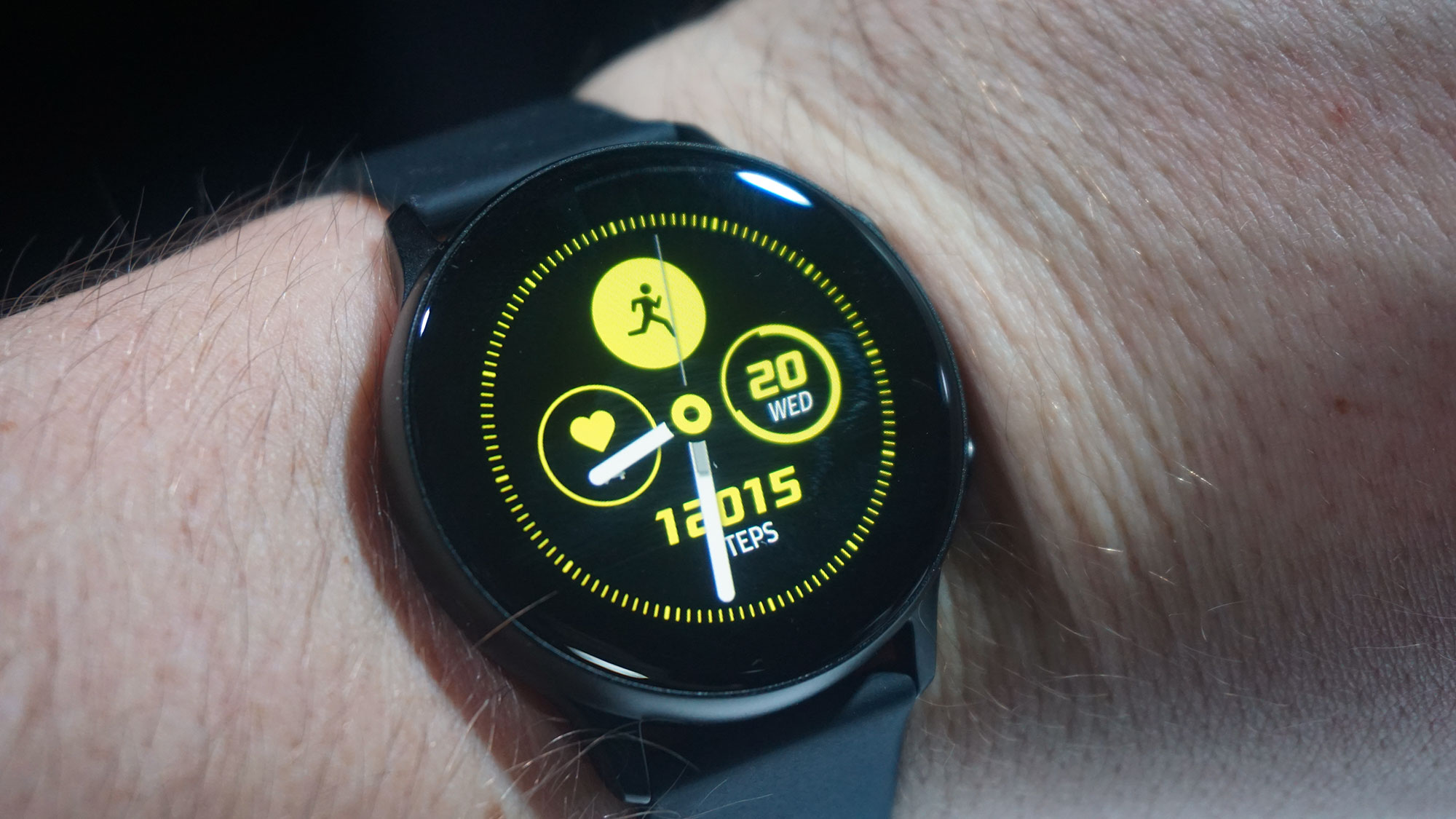
Samsung has now launched the Samsung Galaxy Watch Active, the second wearable in what's now become a range. This is offered as an alternative to the standard Samsung Galaxy Watch and we've given both of them four-star reviews. But there are lots more differences than just an adjective added to the Active's name.
That said, the two wearables also have plenty in common, and the decision you make isn't as simple as opting for the Galaxy Watch Active if you want a sporty wearable and the Galaxy Watch if you don't.
With that in mind we've compared these two watches, highlighting all the key differences along with what's the same, so you can make an educated choice as to which to buy.
Design
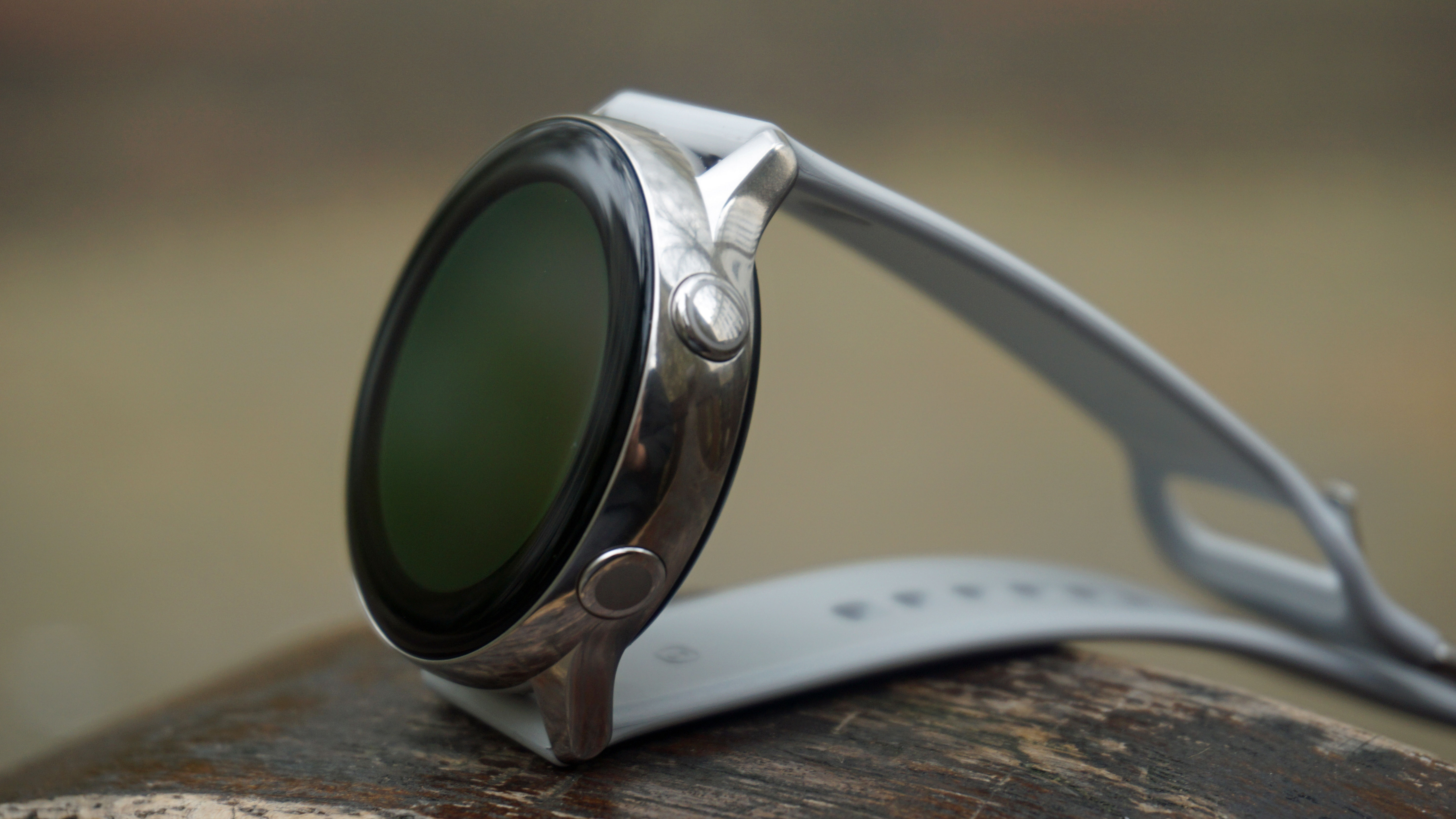
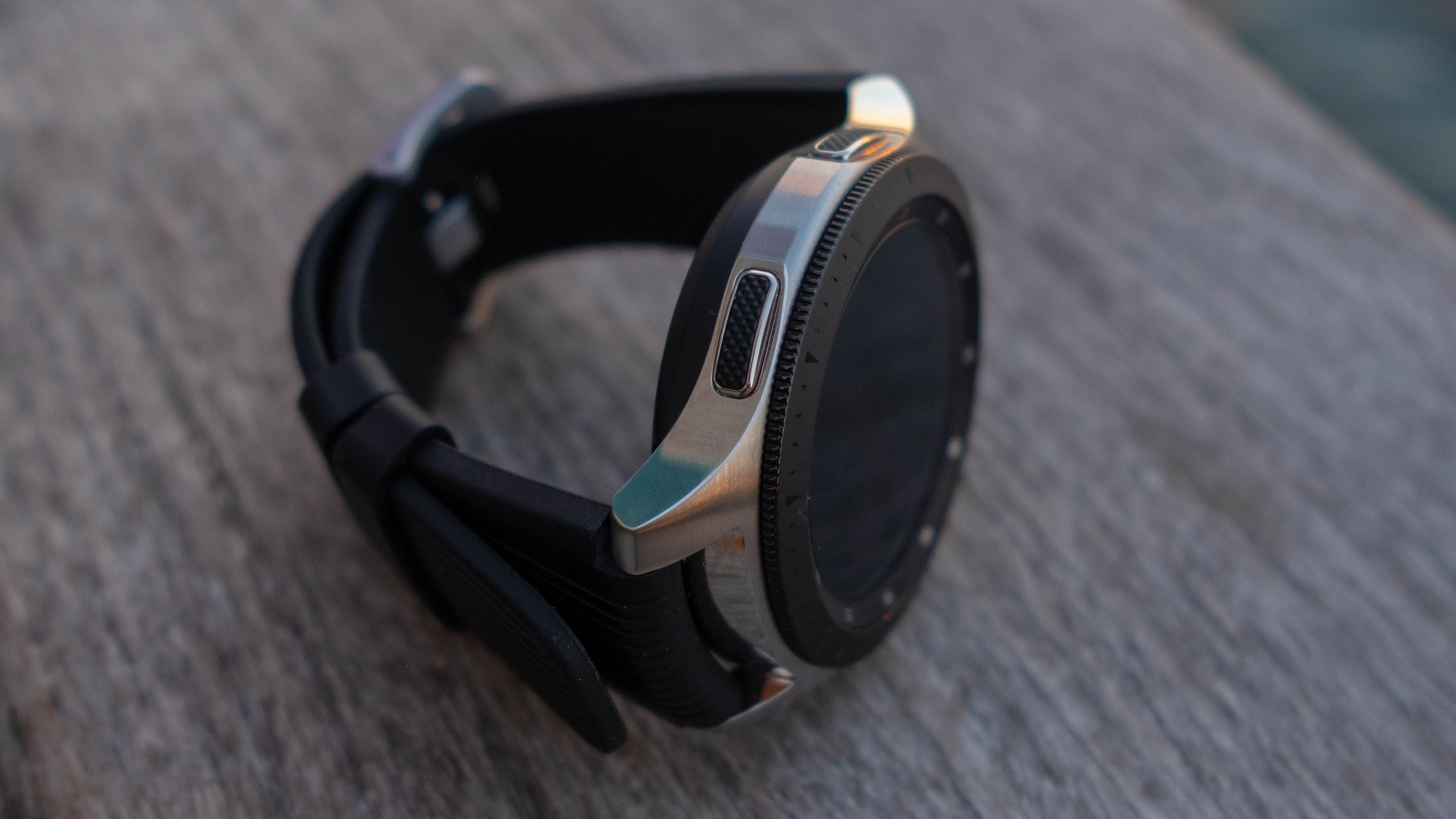
The Samsung Galaxy Watch comes in both 46mm and 42mm sizes, with 22mm straps used for the larger model and 20mm for the smaller. While it comes with a silicone strap, you can swap that out for any standard pin-based watch strap.
The body of the watch is metal, but it's a substantially-sized thing at either 41.9 x 45.7 x 12.7mm or 46 x 49 x 13mm (depending on whether you go for the small or large option). It's also a hefty thing at either 49g or 63g (depending on what size you choose) without a strap, but it undeniably looks high-end.
Everything is a little simpler for the newer Galaxy Watch Active, as you can only get it in a 40mm size. The actual dimensions are 39.5 x 39.5 x 10.5mm, so it's a little smaller than even the smallest variant of the standard Galaxy Watch.
It's also a whole lot lighter at just 25g without a strap, despite also being made of metal, and that light weight makes it ideal for working out in. Speaking of the strap, you'll get a 20mm silicone one, and as with the standard Galaxy Watch this can be swapped out for other bands of that size.
Get daily insight, inspiration and deals in your inbox
Sign up for breaking news, reviews, opinion, top tech deals, and more.
Other differences include the presence of a rotatable bezel on the standard Galaxy Watch, which can be used for navigating the wearable's screens.
It's a handy feature and arguably would be even more useful on the Watch Active, since its compact screen can make the watch a bit cramped to interact with, but it's not offered here, perhaps to ensure a smaller build.
The Samsung Galaxy Watch Active does come in a slightly wider range of colors though, with black, silver, rose gold and green shades offered, while the Samsung Galaxy Watch just comes in silver, midnight black and rose gold.
Display
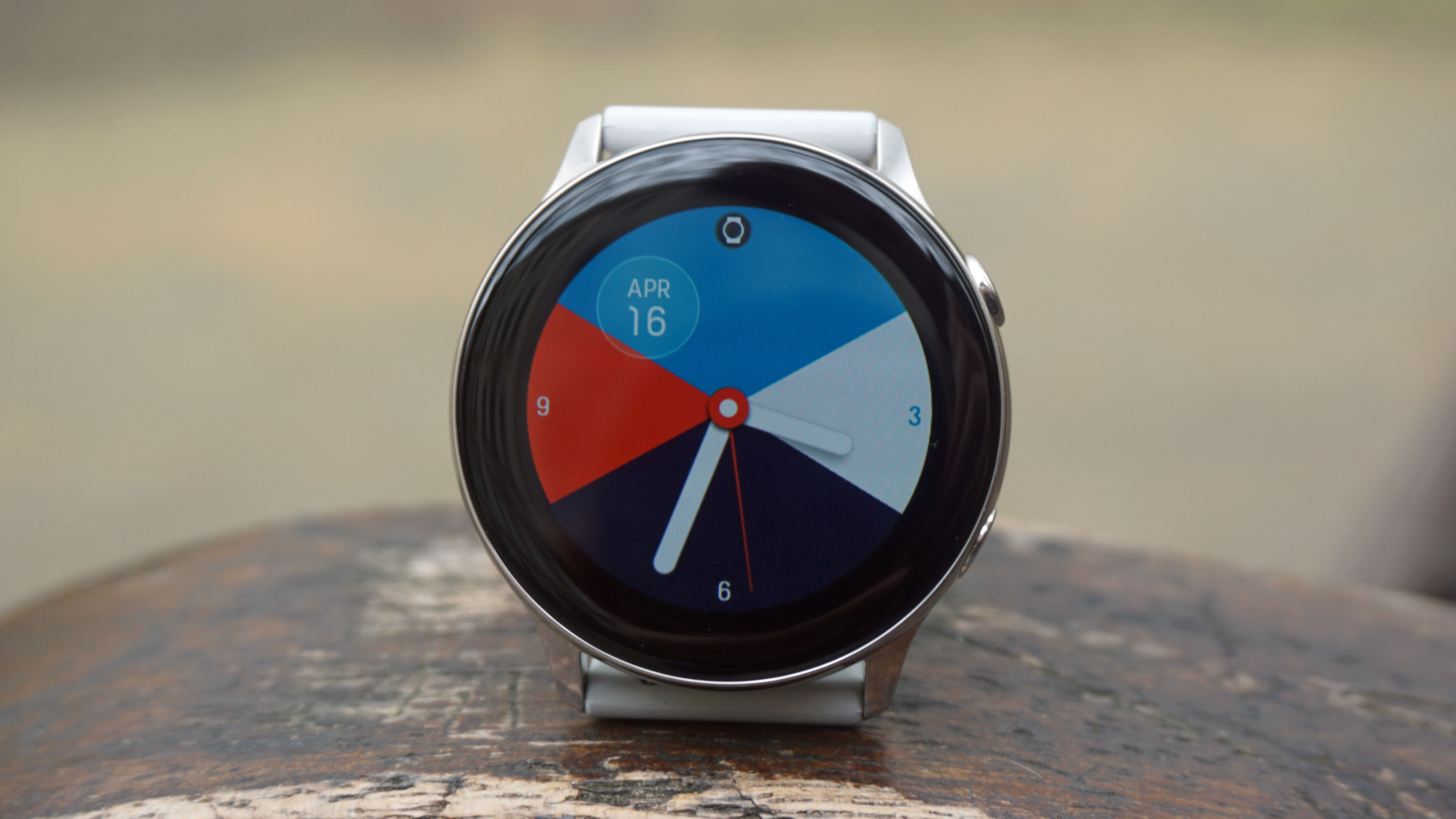
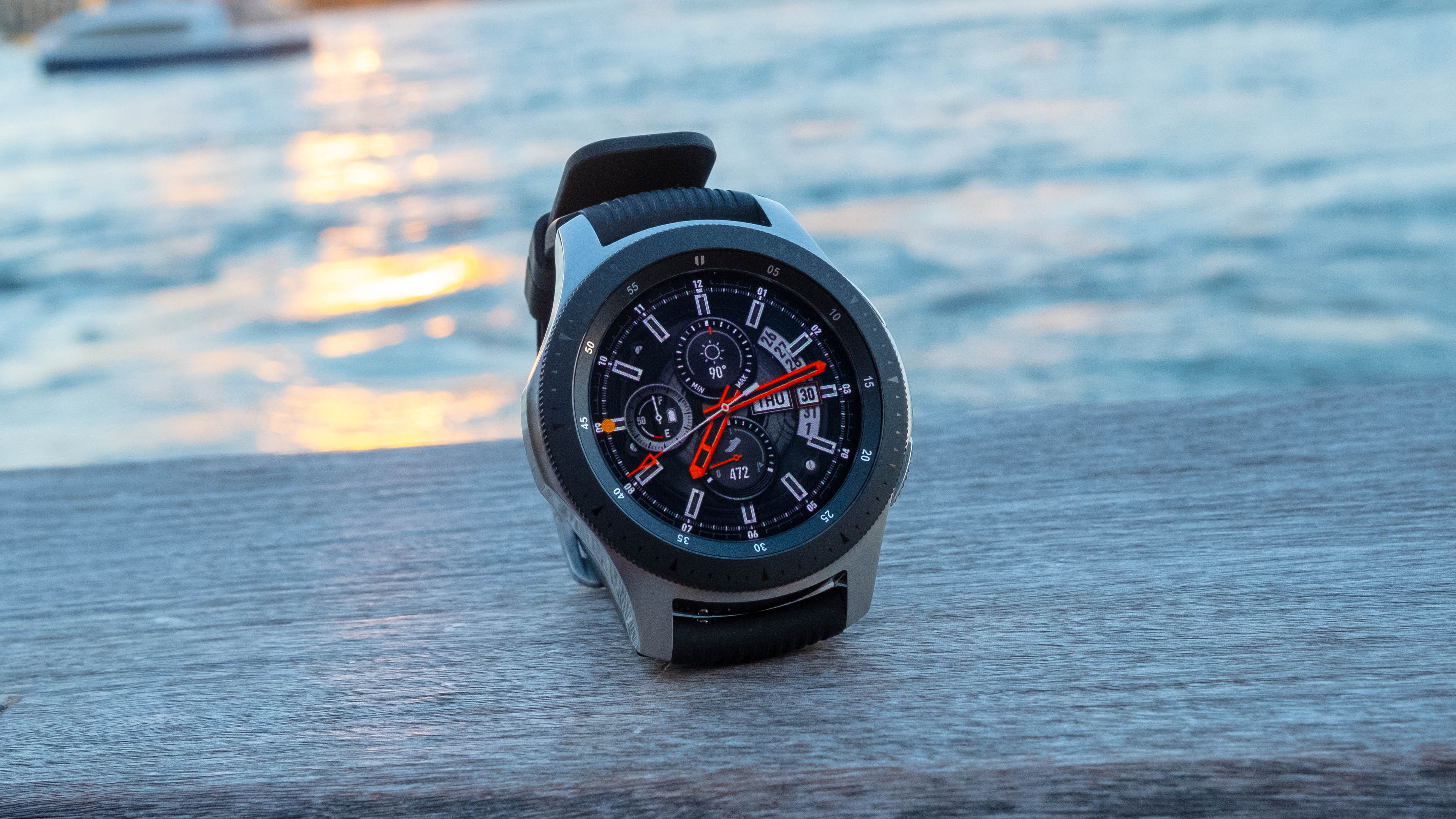
The Samsung Galaxy Watch has either a 1.3-inch or 1.2-inch 360 x 360 circular Super AMOLED screen that comes in at around 278 pixels per inch. The screen size is matched to the body size - so the 46mm watch has a 1.3-inch display, while the 42mm one has a 1.2-inch screen.
The Samsung Galaxy Watch Active meanwhile comes in just one size - a 1.1-inch screen, but it's still 360 x 360, so has a marginally higher pixel density, and as with the standard Galaxy Watch it's Super AMOLED.
Of course, while the Active might be a little sharper, it's also a bit more cramped - if you have big digits you might get on better with the larger screen on the Samsung Galaxy Watch. We didn't find the small screen too much of an issue in our review though, and we found both displays to be bright and colorful.
One additional thing to note though is that while the Samsung Galaxy Watch Active's screen uses Gorilla Glass, the standard Galaxy Watch uses Gorilla Glass DX+, which should make it a little more resistant to scratches.
Fitness
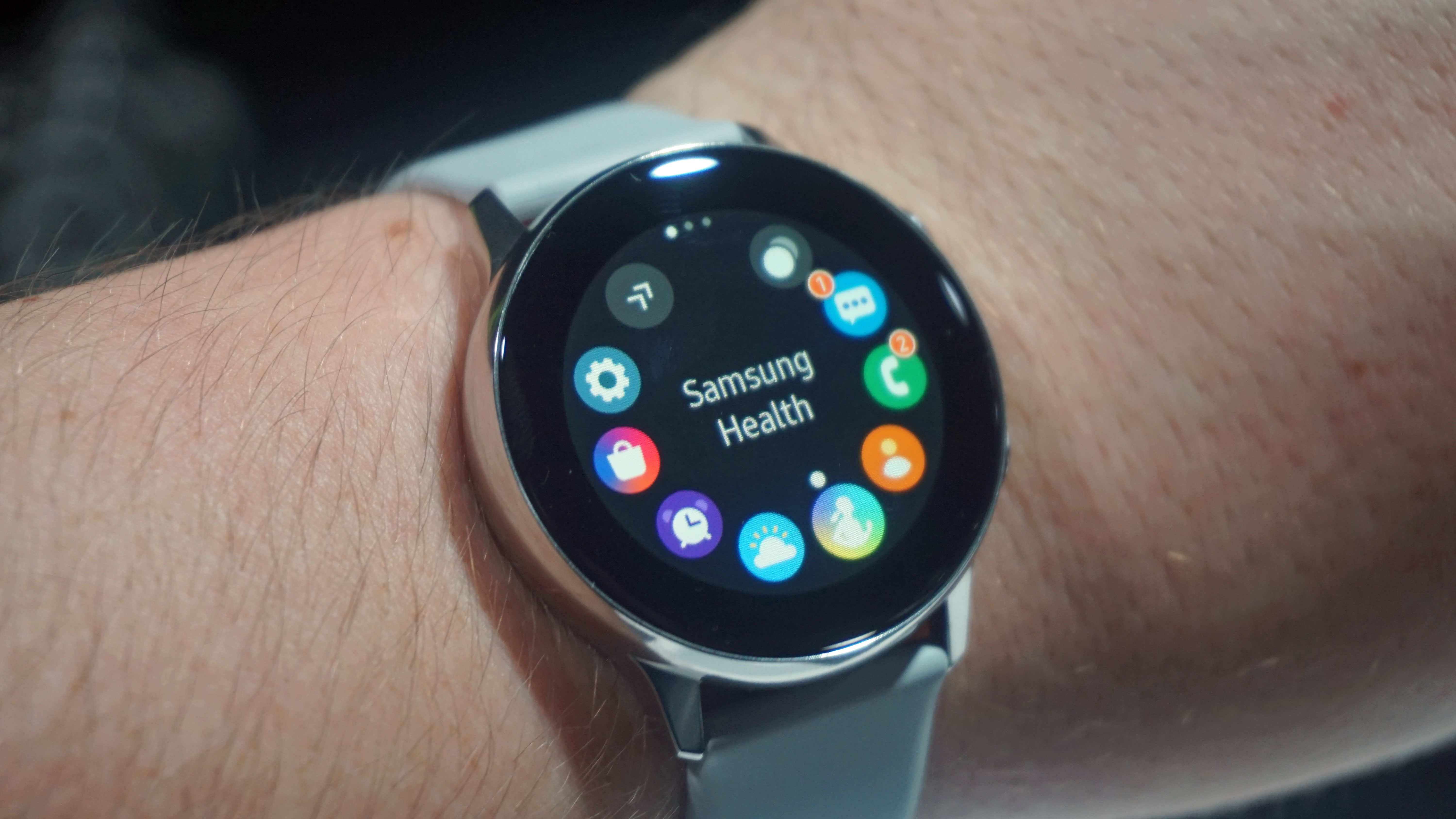
While the standard Galaxy Watch isn't quite as focused on fitness as the Galaxy Watch Active, nor is it lacking in that area, as it has a heart rate monitor, GPS, an altimeter, a barometer, and it's waterproof, so you could wear it in the pool if you so desired.
It can track 39 different exercises, with six of them auto-tracked, and it can also track your sleep, measure your stress and vibrate on your wrist to remind you to move more.
It also comes with a stress monitoring feature that uses the heart rate tracker to give you a clear picture of your stress levels throughout the day. When it thinks you're experiencing stress it will offer you breathing exercises and mindfulness sessions to help calm you.
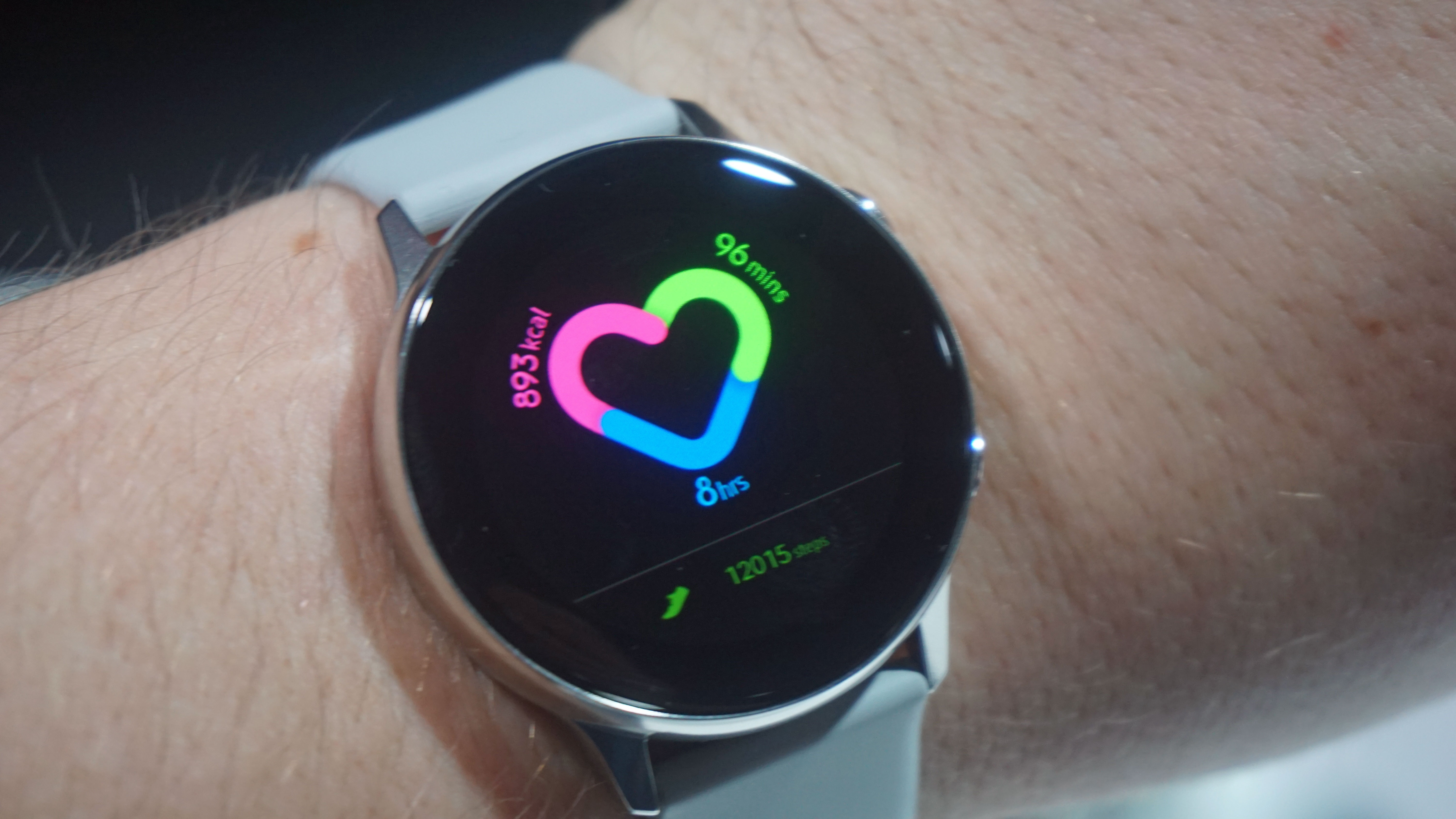
These worked well in our tests, though aren't a rival for paid meditation apps like Headspace and Simple Habit.
The Samsung Galaxy Watch Active offers all this and adds a blood pressure monitor to the mix. We haven't been able to test this yet so can't say whether it's any good, but that and the more lightweight design are the only real things this watch does to earn its 'Active' moniker above and beyond what the Galaxy Watch offers.
Battery and features
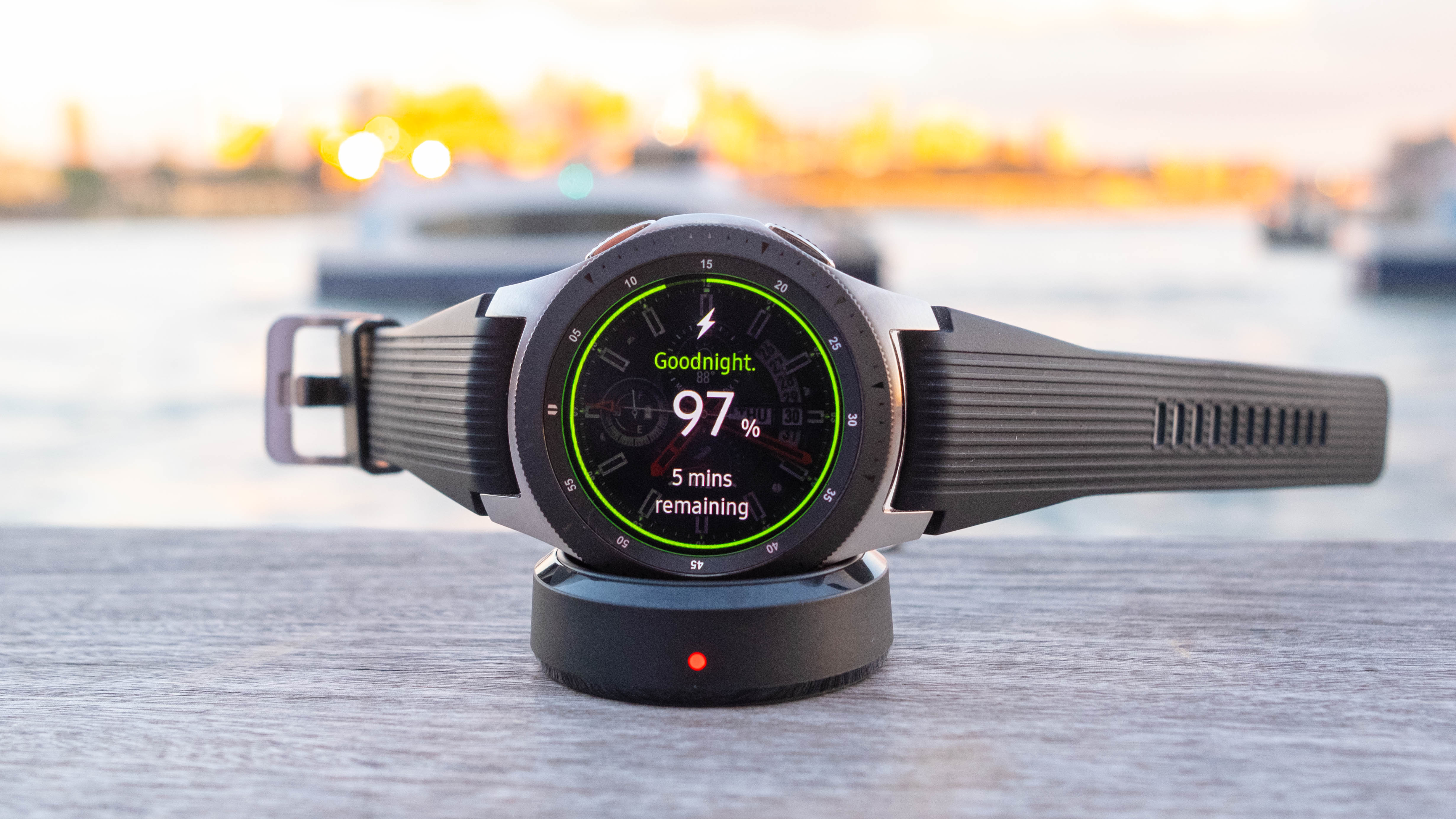
The Samsung Galaxy Watch is a wearable that just keeps on going, with battery life of around four days in our tests. At least, for the larger model with its 472mAh battery. The smaller model has just a 270mAh battery, and despite its smaller screen it's only rated for around three days between charges.
The Samsung Galaxy Watch Active meanwhile has a 230mAh battery, so it's smaller than even the smallest Galaxy Watch one. In our tests we found it would last just around two days between charges, which actually is pretty standard for smartwatches, but a lot worse than the standard Galaxy Watch.
As for features, highlights of the Galaxy Watch include NFC, which lets you make use of Samsung Pay for contactless payments. It also optionally comes with LTE, meaning you can get calls and texts on the watch without it being connected to your phone.
The Samsung Galaxy Watch Active meanwhile also has NFC but doesn't have LTE, so if you want to stay in touch with the rest of your world you'll have to keep your phone with you.
OS and power
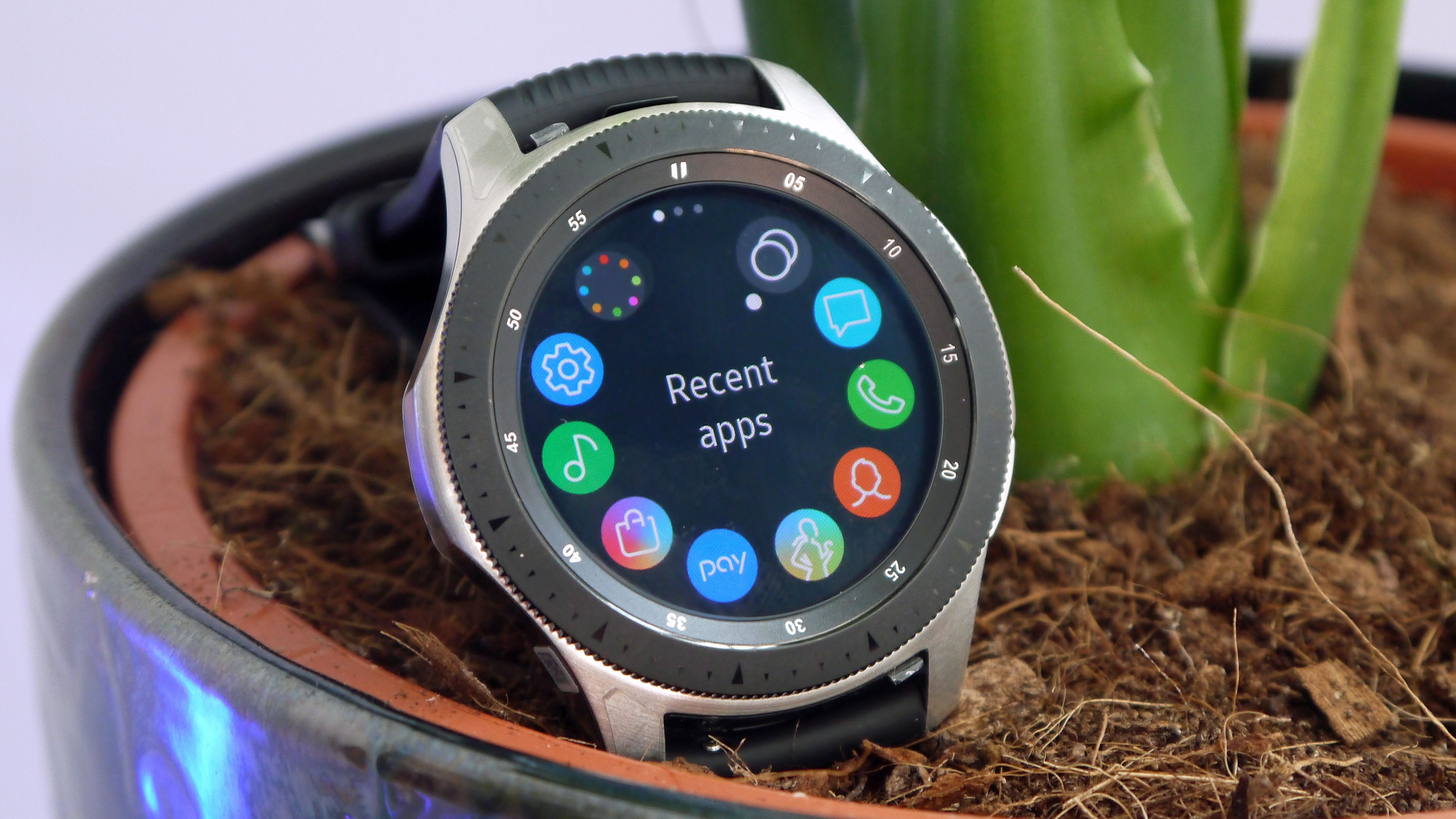
Both the Samsung Galaxy Watch Active and Galaxy Watch run Tizen, which is a rarity on smartwatches, but it's an operating system that we like a lot. It also has access to over 60,000 watch faces and a variety of apps.
As for power, both watches have a 1.15GHz dual-core Exynos 9110 chipset and 4GB of storage. RAM is similar but not identical - the Galaxy Watch comes with either 768MB or - if you opt for the LTE model - 1.5GB, while the Galaxy Watch Active comes with 750MB.
So there's not much to choose here other than there being a little more RAM in the standard Galaxy Watch. In practice we found performance on both watches was generally smooth.
Price
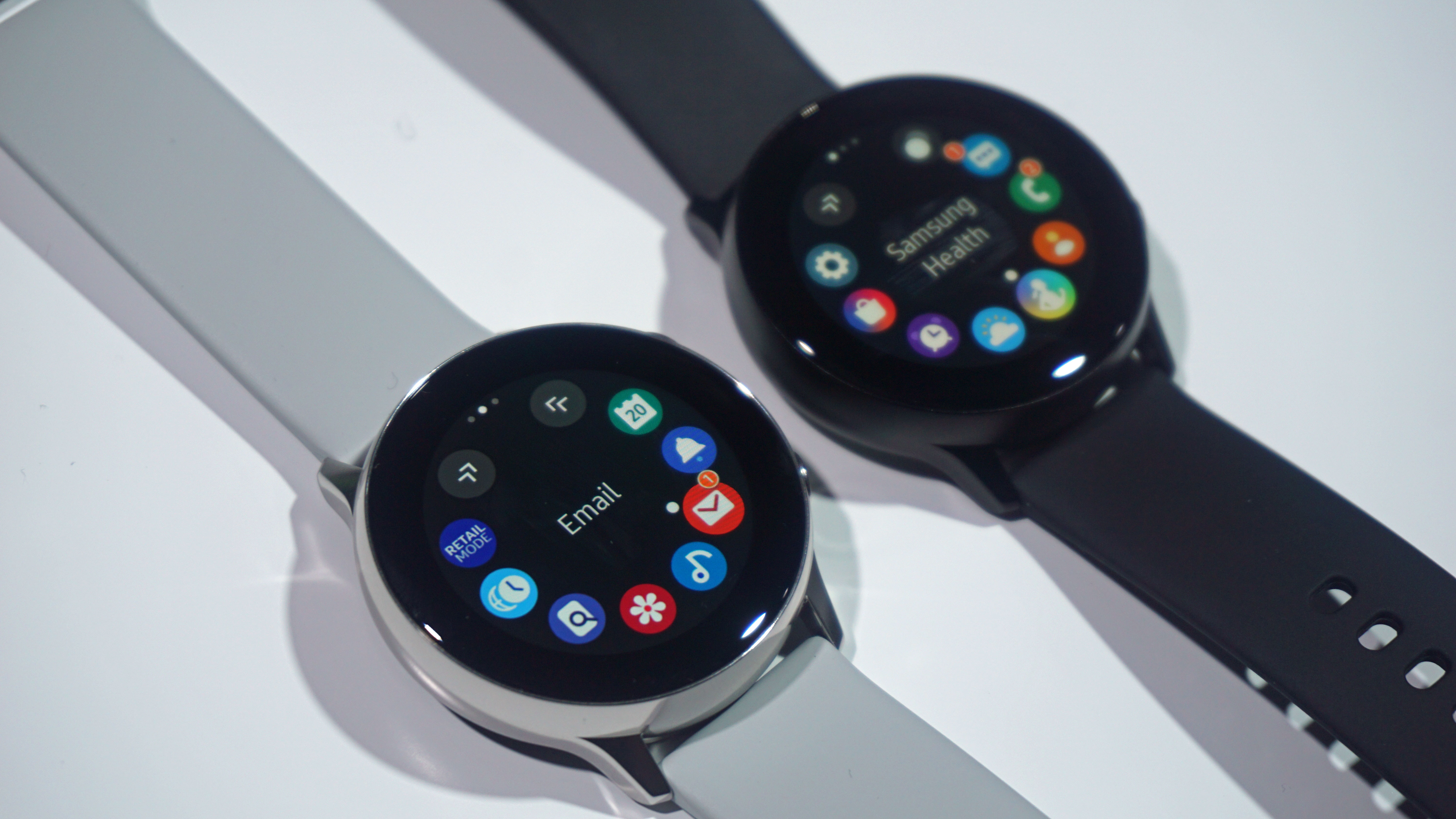
The Galaxy Watch Active costs £229 / $199.99 / AU$348, which is a mid-range smartwatch price.
The Samsung Galaxy Watch launched at $329 / £279 / AU$499 for the 42mm model and $349 / £299 / AU$549 for the 46mm version.
If you want LTE it costs $379 / AU$599 (around £290) for the 42mm model or $399 / AU$649 (roughly £305) for the 46mm one. Though you can often now find it for a bit less than those prices.
Takeaway
The Galaxy Watch Active is a smaller, cheaper alternative to the Samsung Galaxy Watch. It looks just as stylish, performs similarly well and has most of the same features. It also adds blood pressure monitoring to the mix.
Yet it doesn't do much to justify the 'Active' name, and it lacks the rotating bezel and optional LTE of the standard Samsung Galaxy Watch. It also has worse battery life in our tests.
So unless you really want blood pressure monitoring the Samsung Galaxy Watch is arguably the better device overall, but it's priced at a premium, so if you're on a budget or have dainty wrists then the Galaxy Watch Active is the better choice.
As we noted at the top, we awarded both wearables four stars, so you can't really go wrong with either.
- Check out our list of the best Samsung watches
James is a freelance phones, tablets and wearables writer and sub-editor at TechRadar. He has a love for everything ‘smart’, from watches to lights, and can often be found arguing with AI assistants or drowning in the latest apps. James also contributes to 3G.co.uk, 4G.co.uk and 5G.co.uk and has written for T3, Digital Camera World, Clarity Media and others, with work on the web, in print and on TV.